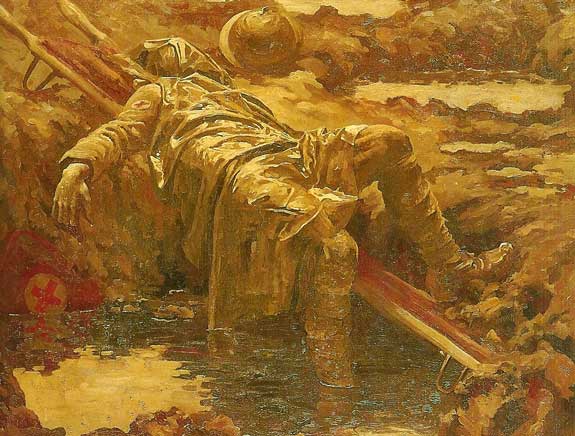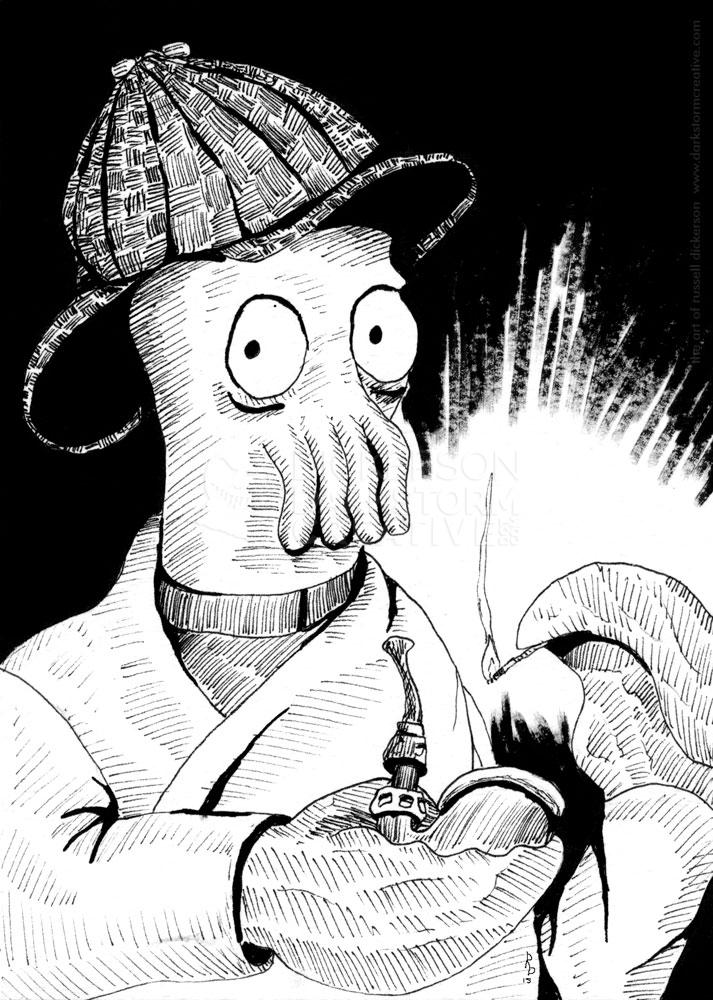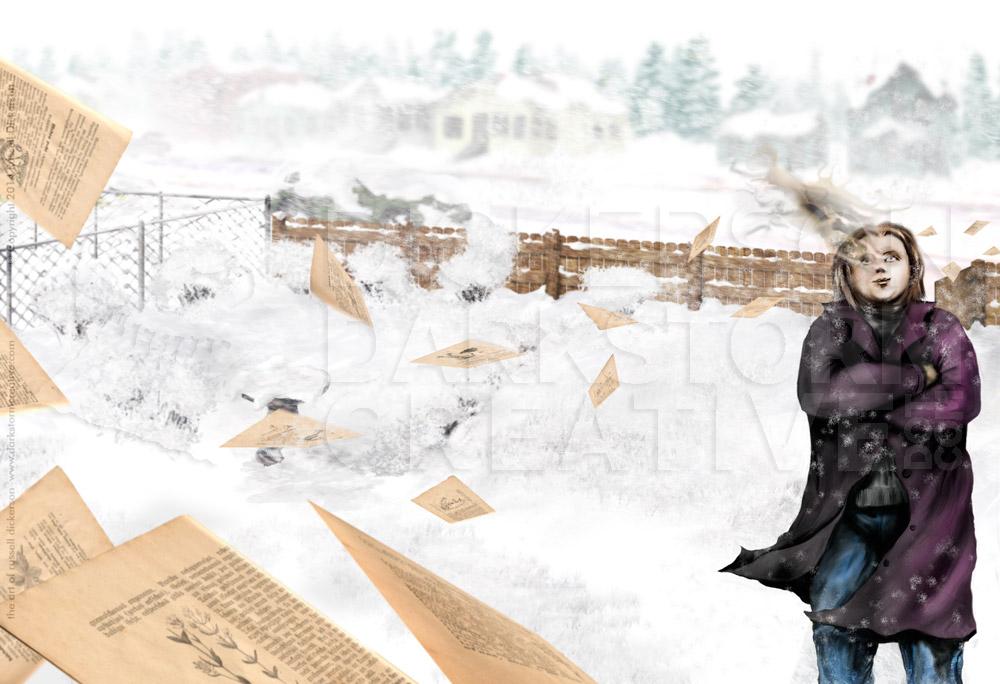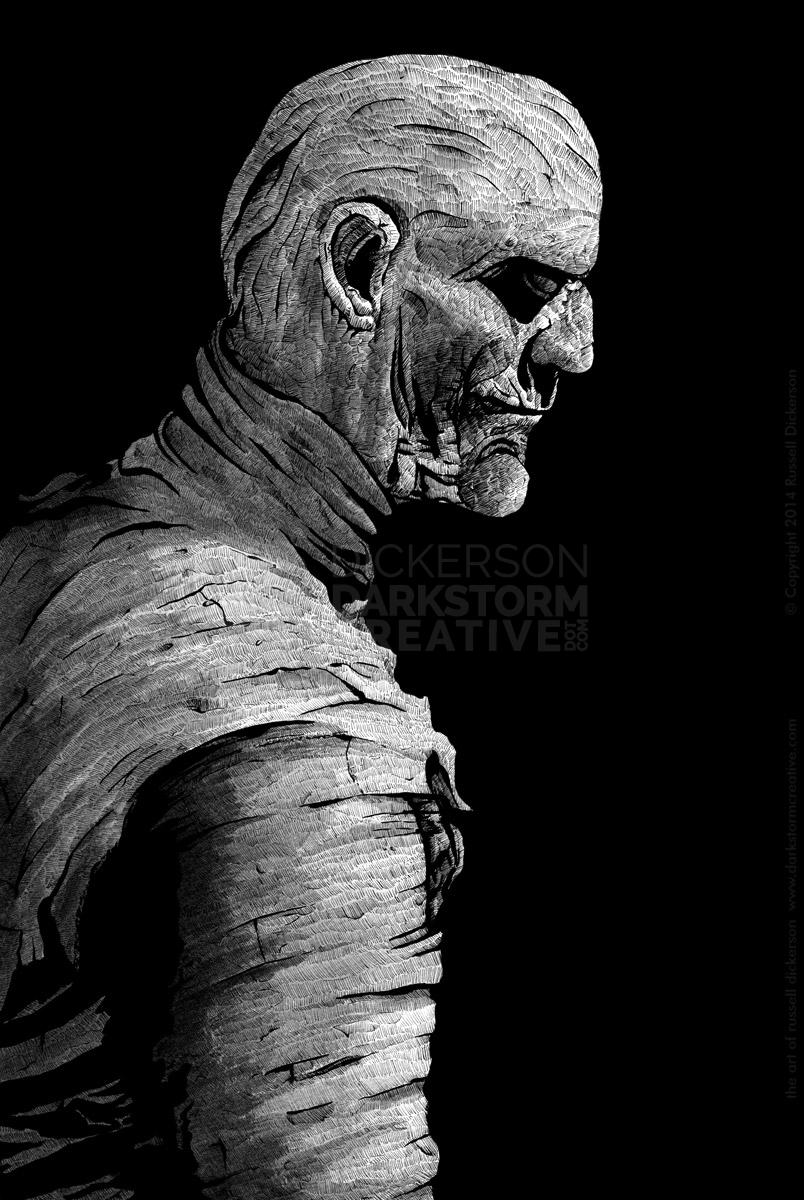I’m back from the brief hiatus known as the Northeastern Writer’s Conference (NeCon), and I’ve chosen a piece that I haven’t come across before. This is Gilbert Rogers’ The Dead Stretcher Bearer (1916, size and media unknown, possibly oil), a fairly disturbing war piece.
Now, before I get too far ahead, the version above is the one I think is color accurate. I also found one here that seems differently colored, but also seems to have the tell-tale signs of being a photo of the piece with heavy flash. If anyone can correct me on it, please do. Otherwise, especially since the above is consistent with many of Rogers’ other pieces, I’ll consider the above accurate. If you are in the UK, swing by the Imperial War Museum and let me know what you think. It’s a bit far of a jaunt from Colorado.
Back to the art, this is one of the most realistic, most disturbing pieces of war art I’ve seen. This isn’t the propaganda piece, or the shot of the victorious boys back from battle. This is the gritty, horrific realism of the First World War, as seen through the eyes of the artist on site. Rogers was in the Royal Army Medical Corp, who not only saw first hand what was happening but was also commissioned as an artist to record it.
Rogers fills the art with references to the stretcher bearer, who’s job (as I understand it) was to help the wounded. Here, the savior has become the fallen himself, and Rogers uses the subdued palette to seemingly make the point that, no matter what you’re doing in the war, it’s only a matter of time before you become part of the horror. Rogers uses his subdued palette to show that the stretcher bearer here is not above or even below the fight, but has inescapably joined the horror himself.
Rogers uses the composition to always bring your eye back to the fallen man, forcing the viewer to see the unflinching reality before them. The balance of the highlights in the water holes (assumed to be blown out by mines or artillery), the angle of the stretcher’s ends and subtle use of red in the palette in just the right location bring you back to the man each time. It’s certainly possible that Rogers was painting from real life directly, which makes the piece even more disturbing to think about.
Perhaps the strongest of all is simply the man’s form, complex and yet somehow simple at the same time. Rogers posed the man in a truly fallen position, equipment dropped at the moment of death. He has one foot up, as if he was about to continue on helping, and yet the position of his arm and head tell the entire truth. Rogers captured the true horror of war, a gritty realism that sticks to the soul.
Opinions?
Russ



